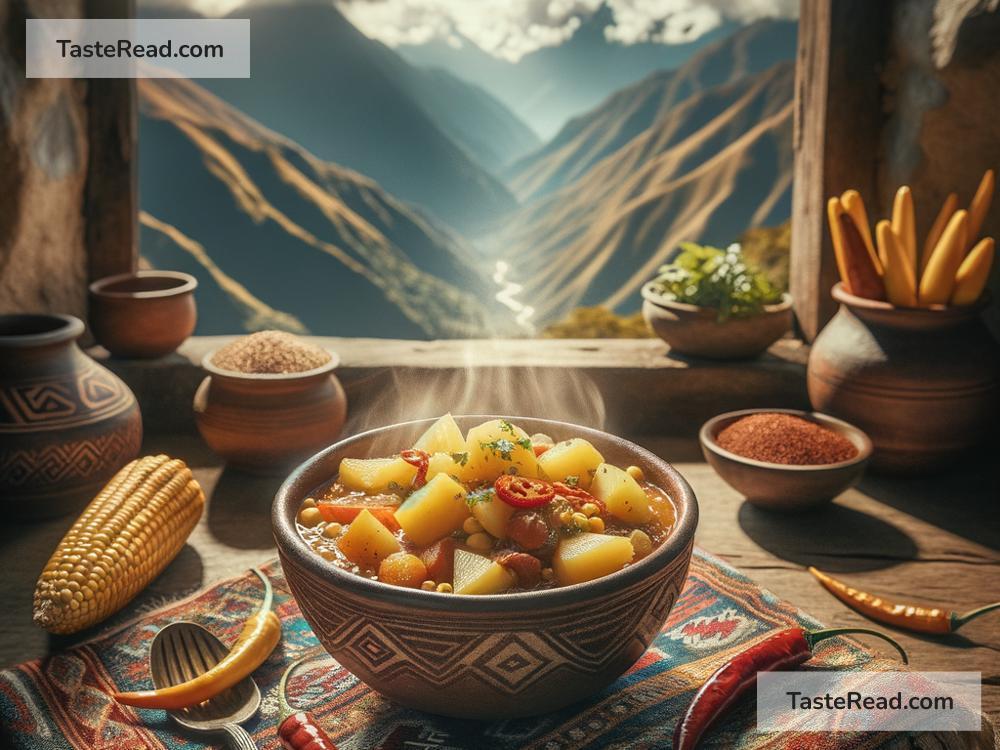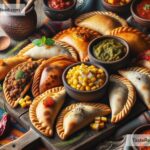Traditional Andean Quinoa Dishes and Their Historical Roots
Quinoa has become a popular food all over the world in recent years, often praised for being healthy and versatile. But this tiny seed has been a key part of life in the Andes mountains of South America for thousands of years. For the people who live there, quinoa is more than just food—it’s a tradition, a symbol of survival, and a connection to their ancient history.
What Is Quinoa?
Quinoa (pronounced KEEN-wah) is not actually a grain like rice or wheat. It’s a seed from a plant called Chenopodium quinoa, which grows best in high-altitude regions. It is native to the Andes mountains, which stretch through countries like Peru, Bolivia, Ecuador, and Chile. Quinoa is nicknamed “the golden grain of the Andes,” even though it’s technically not a grain. What makes quinoa special is its nutritional value. It’s packed with protein, fiber, vitamins, and minerals, making it one of the healthiest foods available.
Quinoa’s Historical Roots
Quinoa has been grown in the Andes for over 5,000 years. It was a sacred crop for the Inca Empire, one of the most powerful civilizations in South America. The Incas called quinoa “the mother of all grains” because they relied on it to feed their people, especially in tough climates where other crops couldn’t grow. Quinoa was so revered that the Inca emperor would traditionally plant the first seeds of the season with golden tools.
Even before the Incas, indigenous communities in the Andes cultivated quinoa for its hardiness. The mountains’ cold, dry, and rocky conditions made it difficult to grow many crops, but quinoa thrived there thanks to its adaptability. This made it a crucial food source for the people living in these extreme environments.
When Spanish colonizers arrived in South America in the 1500s, they dismissed quinoa as “Indian food” and replaced it with European crops like wheat and barley. For centuries, quinoa grew mostly in isolated areas, surviving as an important food for indigenous people despite colonization and cultural suppression.
Traditional Andean Quinoa Dishes
The Andean people have been making delicious quinoa dishes for generations. These recipes showcase quinoa in its purest form, combining it with local ingredients to create hearty, nutritious meals. Here are some traditional favorites:
-
Quinoa Soup (Sopa de Quinoa)
Quinoa soup is one of the most well-known ways to enjoy quinoa in the Andes. It’s a simple yet flavorful dish often made with vegetables like potatoes, carrots, onions, and sometimes meat like chicken or lamb. Spiced with herbs such as cilantro or oregano, this soup brings warmth and nourishment to the cold mountain climate. Each family has its own version of quinoa soup, and the recipe is often passed down from generation to generation. -
Pesque de Quinoa
Pesque is a creamy dish made by cooking quinoa with milk and cheese. It has a risotto-like consistency and is often served with fried eggs or grilled meat on top. This meal is a popular breakfast or lunch because it’s filling and energizing, giving people the strength they need for a long day of farming or hiking through the mountains. -
Quinoa Porridge
Quinoa porridge is a traditional breakfast dish, often sweetened with honey, cinnamon, or fruit like bananas and apples. It’s similar to oatmeal but made with quinoa instead, making it higher in protein and nutrients. Indigenous families prepare this dish for cold mornings when they need a warm, comforting meal to start the day. -
Quinoa Tamales
In parts of the Andes, quinoa is used as a substitute for corn when making tamales. These steamed dumplings consist of quinoa dough filled with ingredients like vegetables, cheese, or meat. Quinoa tamales are often wrapped in banana leaves or corn husks and served during festivals and celebrations. -
Quinoa with Chuño
Chuño, a type of freeze-dried potato, is another traditional Andean food that pairs well with quinoa. Mixing quinoa with chuño creates a hearty meal full of flavor and history. Both ingredients symbolize the indigenous knowledge of preserving and cooking food in the harsh mountain climates.
Quinoa Today: A Global Superfood
Interestingly, quinoa is now celebrated worldwide for the same qualities that made it special to the ancient Andean people. Its high protein content and ability to grow in difficult conditions have made it popular in countries far away from the Andes. However, this global demand presents challenges for local farmers. Quinoa’s rising prices have made it harder for some indigenous families to afford their own traditional food.
Despite these challenges, quinoa remains a vital part of Andean culture. Festivals are still held to honor the harvest, and ancient recipes are cooked in homes across the region. Quinoa isn’t just a superfood—it’s a symbol of resilience, cultural identity, and the deep connection between people and the environment.
Conclusion
Traditional Andean quinoa dishes carry the rich history of the indigenous people who first cultivated this amazing seed. From soups to tamales, these recipes showcase the versatility and importance of quinoa in the Andes. By understanding its roots, we can appreciate quinoa not just as a trendy ingredient, but as a sacred food with deep cultural significance. So, next time you enjoy quinoa, remember the ancient traditions and resilient communities that made it possible.


